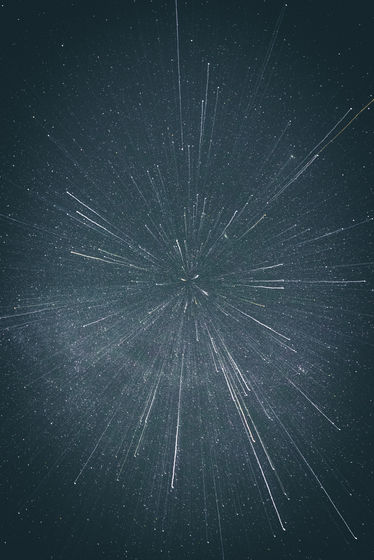Clearly the night sky is getting brighter and the visibility of stars is rapidly declining worldwide

A new study published in January 2023 in the scientific journal
Citizen scientists report global rapid reductions in the visibility of stars from 2011 to 2022 |
https://www.science.org/doi/10.1126/science.abq7781
Star visibility eroding rapidly as night sky gets brighter: study
https://phys.org/news/2023-01-star-visibility-eroding-rapidly-night.html
In order to study changes in global sky brightness due to artificial light, a research team led by Christopher Kieba, a geoinformatics researcher working at the Geographical Institute at the Ruhr University Bochum, is working with the US National Research Institute for Optical and Infrared Astronomy. About 51,000 participants in a project called 'Globe at Night' run by Tokoro gave a star map and asked them to compare the star map with the actual night sky. The survey will run for 12 years from 2011 to 2022.
Upon analysis of the report, subject reported seeing fewer stars in the night sky. As a result of estimating ``how bright the sky is over the year'' for each location based on the reports of the subjects, it was found that the sky is brightening by 9.6% per year on average. If the sky brightens at this pace, the number of stars visible in the night sky will decrease from 250 to 100 in just 18 years.

Most of the subjects who participated in the Globe at Night project live in Europe and the United States, but Kiva says there were also many participants from Uruguay, South Africa and Japan. The research team said, ``It is likely that the global trends in light pollution that we have measured underestimate the trends in the countries with the most rapidly developing economies, because the rate of change in the night sky in those countries is the highest, ”he said, suggesting that developing countries may be undergoing more drastic changes than the figures given by the research team.
Since the analysis period of the research is from 2011 to 2022, the scientific media
According to the same study, the share of LEDs in the global lighting market was only 1% in 2011, but increased to 47% in 2019.

``There is a lot of research on the effects of light that directly illuminates animals and plants, but it is really difficult to investigate the effects of artificial light on the brightness of the night sky,'' said Kiva. He explained that there are still many unknowns about the effects on stars visible in the sky.
The Globe at Night project has published data on the official website, and plans to implement a new campaign in February 2023.
Globe at Night
https://globeatnight.org/

Related Posts:
in Science, Posted by logu_ii







